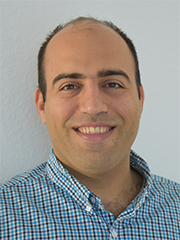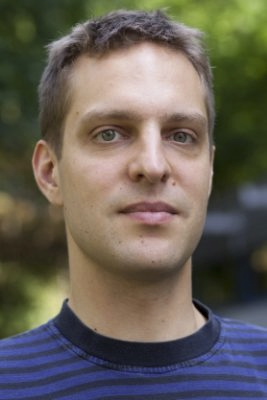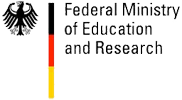| Foto | First Name | Last Name | Position |
|---|---|---|---|
 |
Mykhaylo | Andriluka | People Detection and Tracking |
 |
Roland | Angst | Vision, Geometry, and Computational Perception |
 |
Tamay | Aykut | |
 |
Vahid | Babaei | |
 |
Pierpaolo | Baccichet | Distributed Media Systems |
 |
Volker | Blanz | Learning-Based Modeling of Objects |
 |
Volker | Blanz | Learning-Based Modeling of Objects |
 |
Martin | Bokeloh | Inverse Procedural Modeling |
 |
Adrian | Butscher | Geometry Processing and Discrete Differential Geometry |
 |
Renjie | Chen | Images and Geometry |
Researcher
 |
Dr. Michael Zollhöfer |
Visual Computing, Deep Learning and Optimization
| Name of Research Group: | Visual Computing, Deep Learning and Optimization |
| Homepage Research Group: | web.stanford.edu/~zollhoef |
| Personal Homepage: | zollhoefer.com |
| Mentor Saarbrücken: | Hans-Peter Seidel |
| Mentor Stanford: | Pat Hanrahan |
| Research Mission: | The primary focus of my research is to teach computers to reconstruct and analyze our world at frame rate based on visual input. The extracted knowledge is the foundation for a broad range of applications not only in visual effects, computer animation, autonomous driving and man-machine interaction, but is also essential in other related fields such as medicine and biomechanics. Especially, with the increasing popularity of virtual, augmented and mixed reality, there comes a rising demand for real-time low latency solutions to the underlying core problems. My research tackles these challenges based on novel mathematical models and algorithms that enable computers to first reconstruct and subsequently analyze our world. The main focus is on fast and robust algorithms that approach the underlying reconstruction and machine learning problems for static as well as dynamic scenes. To this end, I develop key technology to invert the image formation models of computer graphics based on data-parallel optimization and state-of-the-art deep learning techniques. The extraction of 3D and 4D information from visual data is highly challenging and under-constraint, since image formation convolves multiple physical dimensions into flat color measurements. 3D and 4D reconstruction at real-time rates poses additional challenges, since it involves the solution of unique challenges at the intersection of multiple important research fields, namely computer graphics, computer vision, machine learning, optimization, and high-performance computing. However, a solution to these problems provides strong cues for the extraction of higher-order semantic knowledge. It is incredibly important to solve the underlying core problems, since this will have high impact in multiple important research fields and provide key technological insights that have the potential to transform the visual computing industry. In summer 2019 Michael Zollhöfer joined Facebook. |
Researcher
- Name of Researcher
- Matthias Hullin
- Homepage of Research Group
- First Name
- Matthias
- Last Name
- Hullin
- Foto

- url_foto
- Homepage
- Phone
- Position
- Computational Transient Imaging
- Mentor in Saarbruecken
- Hans-Peter Seidel
- Mentor in Stanford
- Categories
- Former Groups
- Research Mission
- A major challenge in computer vision stems from the fact that visual data is highly ambiguous: given any two-dimensional image, there are infinitely many possible hypotheses of real-world scenes that would explain what we see. For the most part, this ambiguity can be traced back to the very mechanism of image capture: every pixel value of our camera is an integral of the so-called plenoptic function over space (the extent of a pixel location), angle (the aperture of the camera), wavelength (the spectral response) and time (the shutter period). Light contributions that reached the same sensor location on different paths or at different times are thus mixed irreversibly. Consequently, many common problems such as deblurring, motion tracking as well as the estimation of geometry, material reflectance and illumination are still considered unsolved even after decades of active investigation. To our rescue come new imaging modalities that sample the temporal, angular and spectral dimensions to produce high-dimensional plenoptic images, facilitating some of those hard tasks. A recent direction of research that I find particularly fascinating is transient imaging, a relatively new technique that introduces time resolution fast enough to resolve non-stationary light distributions in real-world scenes, effectively “filming” light in flight. The transient image contains, in signal processing terms, the spatio-temporal response of a scene to illumination by an ultrashort pulse of light emitted from point A and observed by a camera at point B. Impulse responses have proven a valuable tool for secondary investigations in virtually all fields of science and engineering. Just as well, I expect transient imaging to open new paths towards the solution of many hard problems in computer vision, graphics and related areas. In November 2013 Matthias Hullin started his faculty position at the University Bonn, Germany.
- mission_rtf
- Name of Research Group
- Computational Transient Imaging
Personal Info
- Photo

- Website, Blog or Social Media Link



